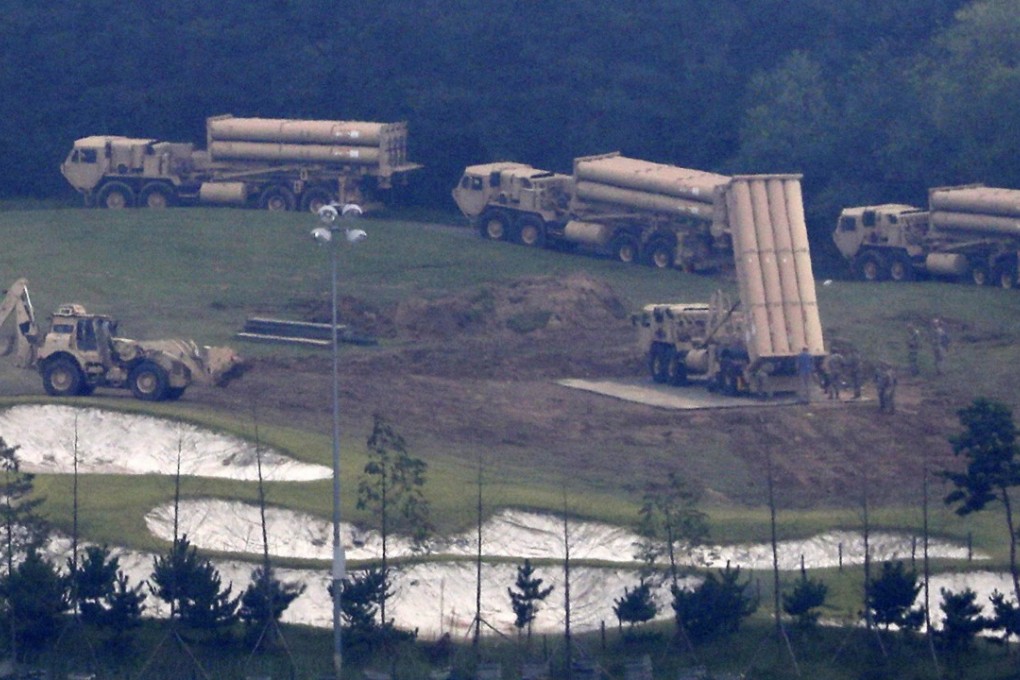US targets Chinese and Russian missiles with THAAD upgrade in South Korea: military analysts
Improvements to defence system part of American strategy to contain China, observer says

The United States has Chinese and Russian missile systems in its sights with planned upgrades to a US missile defence system in the Asia-Pacific, according to military observers in the region.
The assessment follows the Pentagon’s announcement late last month that it would go ahead with improvements in South Korea to the US’ Terminal High Altitude Area Defence System (THAAD), an array of sophisticated radar and interceptor missiles designed to spot and knock out incoming ballistic missiles.
THAAD was deployed in South Korea to counter a strike from the North but has been a source of great tension with China, which deems the system a national security threat for its capacity to track Chinese missiles.
Hong Kong-based military commentator Song Zhongping said the upgrade would extend THAAD’s operational range from 200km to 800km, expanding the system’s reach to across northern China, where the People’s Liberation Army’s (PLA) Rocket Force has deployed many of its key missiles.
“The Pentagon wants to use North Korea’s nuclear threat as an excuse to upgrade THAAD and its Patriot system to target China and Russia’s ballistic missile systems, with China being the key foe,” Song said.